Planting a Butterfly Garden

by
Julie @ Southern Wild Design
(IC: professional)
Why a butterfly garden?
Butterflies are an important pollinator insect, and by planting the appropriate plants, we can contribute to their survival. Butterfly gardens are brimming full of life with colorful flowers and busy insects galore. There is no garden that will bring you greater pleasure.
Butterflies are an important pollinator insect, and by planting the appropriate plants, we can contribute to their survival. Butterfly gardens are brimming full of life with colorful flowers and busy insects galore. There is no garden that will bring you greater pleasure.
Why do we need pollinators?
What is a butterfly garden?
What is a nectar plant?
Where should I start?
Give me an example.
Now is the time! If you have questions about starting a butterfly garden, be sure to shoot me an email, or comment below. ~Julie
Enjoyed the project?
Published April 10th, 2015 10:04 AM
Comments
Join the conversation
1 comment



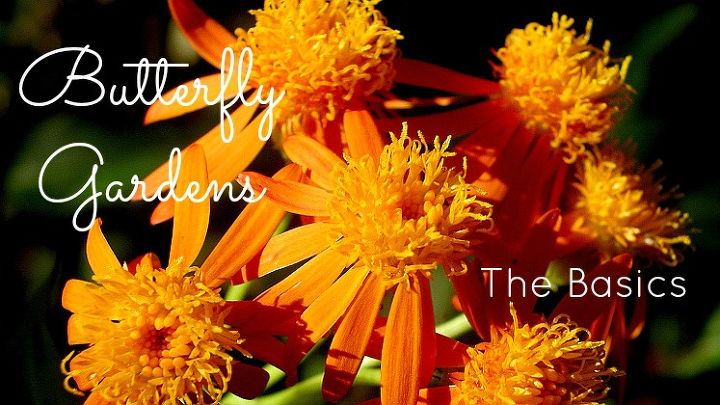





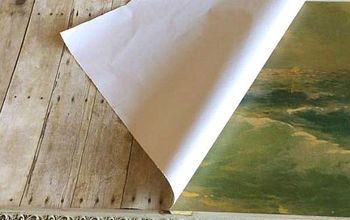
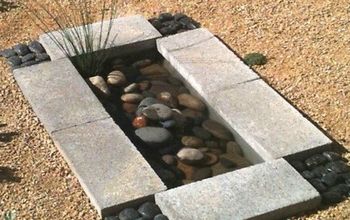





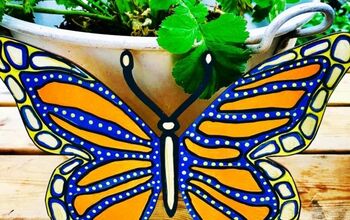
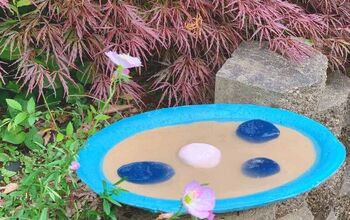



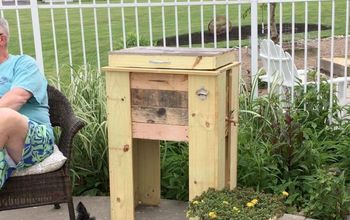

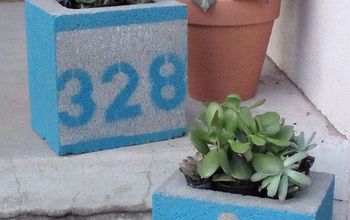
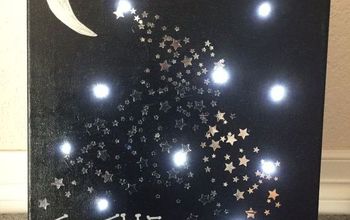



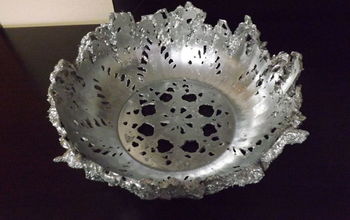
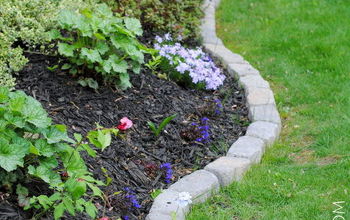


Frequently asked questions
Have a question about this project?